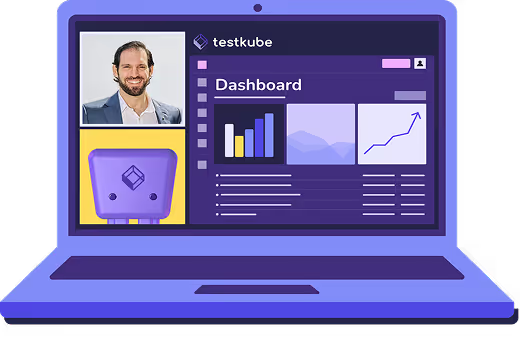Table of Contents
What Does Command Line Interface (CLI) Mean
A command line interface (CLI) is a text-based tool that allows users to interact with a computer system by typing commands. Instead of using a graphical interface, developers and operators enter commands in a terminal to perform actions such as configuring systems, executing scripts, or managing resources.
Why CLIs Matter for Developers
CLIs remain one of the most powerful tools for software development and system administration. They provide:
- Efficiency by executing tasks with single commands or scripts
- Flexibility to automate repetitive workflows
- Precision and control over complex operations
- Accessibility across different operating systems and environments
Common Uses of a CLI
- Running build, deployment, and testing commands
- Navigating and managing files and directories
- Automating workflows with shell scripts
- Interacting with APIs and cloud services
- Configuring and managing infrastructure tools like Kubernetes or Docker
Real-World Examples
- Developers use the Git CLI to clone repositories, commit changes, and push code
- DevOps engineers manage Kubernetes resources using kubectl commands
- Cloud administrators deploy and configure infrastructure with AWS CLI or Azure CLI
- QA teams trigger automated tests directly from a CLI tool integrated into their workflows
How the CLI Works with Testkube
The Testkube CLI enables teams to interact with testing workflows directly from the terminal. With the CLI, users can:
- Create, run, and manage tests in Kubernetes clusters
- Trigger workflows for functional, load, and integration testing
- View real-time test results and logs
- Configure executors and workflows without relying on a dashboard
- Automate testing as part of CI/CD pipelines or local development


